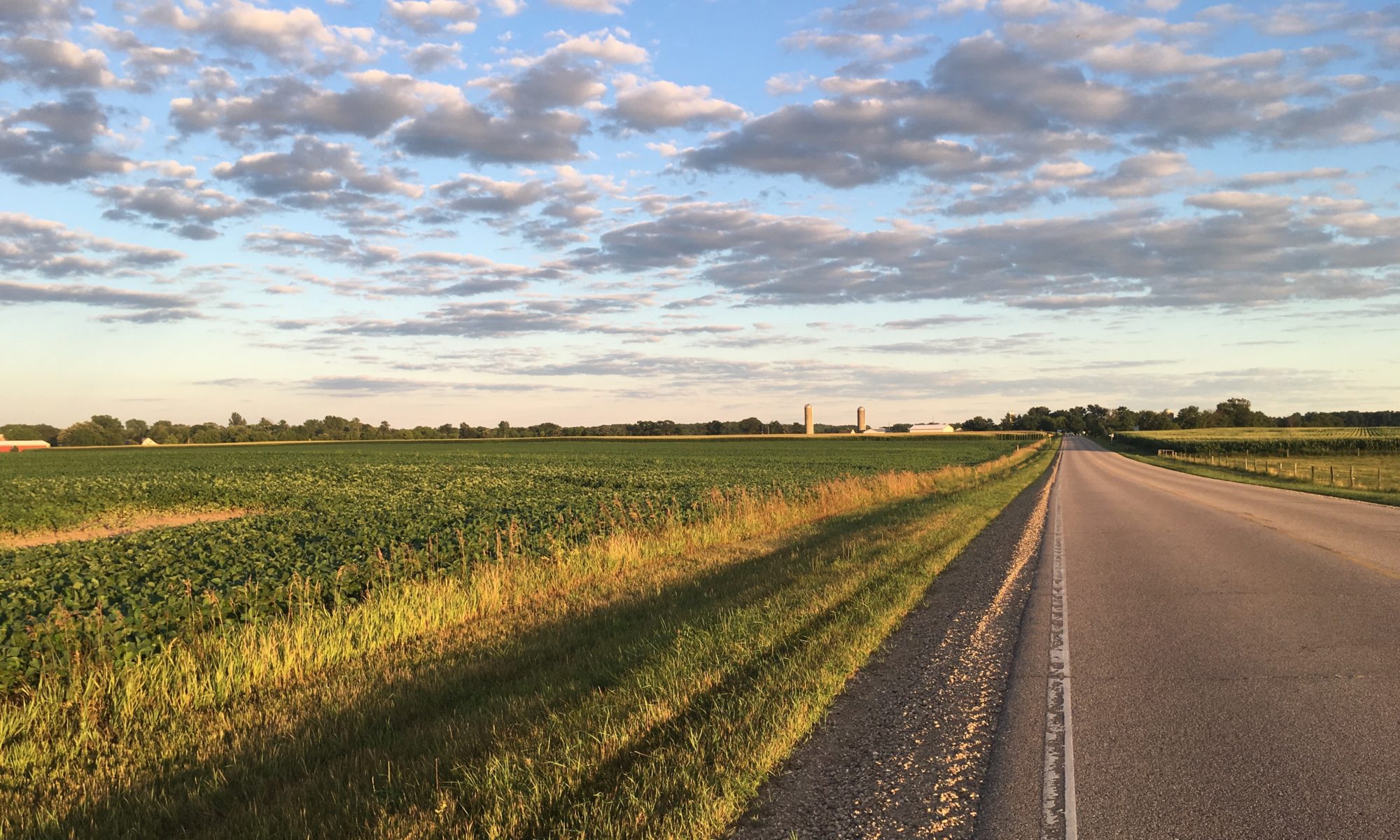On Salon.com, Laura Miller wrote “A new book says: Fiction is dead, long live the age of autobiography,” in which she reviews Ben Yagoda’s book Memoir: A History. Laura Miller quotes Ben Yagoda when he claims fiction has become “like painting in the age of photography — a novelty item.”
He isn’t the first to say that nonfiction, including memoir, sells better than fiction. Nathan Bransford, in his recent article in the Huffington post, said “for many years adult nonfiction was the bread and butter workhorse of the industry.” It isn’t that fiction is better than non, or vice versa, it just seems to be a fact that we are drawn to the stories of real people more often than the tales of our made-up friends.
It’s easy to slide on over to the nonfiction section in the bookstore and get caught up in the lives of real people suffering, and surviving. Reality TV plays a big part in our attraction to the memoir, as does our need to know that someone out in the real world might be worse off than we are. I think Laura Miller would agree, since she says “the characters and events in memoirs are often, like real people and events, the subjects of energetic controversy….” Even when we know the ending of the story, we still ravage ourselves with the details.
So, Laura Miller’s article got me thinking. I like memoir, but I also like good fiction. I walked into the bookstore today with my daughter determined to leave with a new novel. While she twirled and tumbled in the middle of the store, I scanned the Indie Bound bookshelves.
I’m terrible at making decisions under pressure, so I let her pick out a book. She finally sat down on a couch, and I turned and found a bookcase of all the Best American anthologies. When I saw Alice Sebold edited the The 2009 Best American Short Stories, I stopped looking.
Alice Sebold’s introduction also acknowledges recent trends in the publishing industry. She says “highlighting good fiction is more important now than it ever has been.” I agree. She could have been talking about memoir or fiction when she writes “a story about grief can comfort; a story about arrogance can shock and yet confirm; a story populated largely by landscape, whether lush or industrial, can expand the realm that we as individuals inhabit.” But, she insists that great fiction narrative is just as critical to the publishing industry as great memoir.
If nonfiction is the mainstay that pushes the publishing industry through a recession, then taking risks and publishing fiction becomes even more critical.
“Stories provide an endless access into another world, brought forth by an infinite number of gifted minds,” Alice Sebold writes. Great fiction, like memoir, must find readers. And, it can’t find an audience if it’s never published.
I can’t wait to dive into the stories Alice Sebold deems Best of the best.
***
Sebold, Alice, ed. The Best American Short Stories. New York: Houghton Mifflin Harcourt, 2009. Print.
